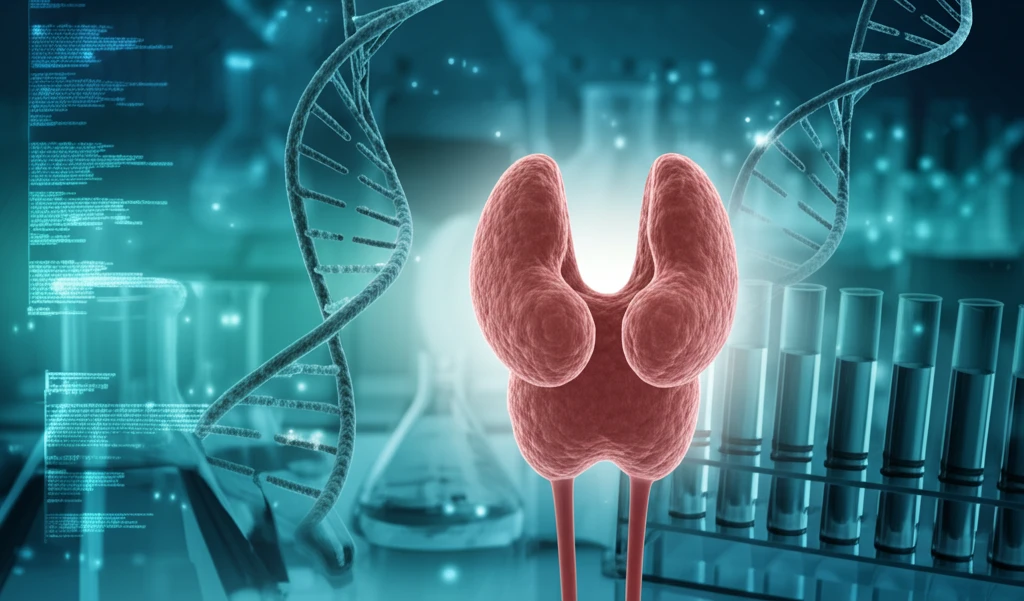
Decoding Parathyroid Hormone: What the Latest Tests Reveal About Hyperparathyroidism
"A deeper dive into third-generation PTH assays and their role in diagnosing primary hyperparathyroidism, especially in diverse populations."
Parathyroid hormone (PTH) is the key regulator of calcium levels in our blood. Produced by the parathyroid glands, this 84-amino-acid peptide ensures our nerves, muscles, and bones function correctly. When these glands go into overdrive, they release too much PTH, leading to a condition called hyperparathyroidism.
Diagnosing hyperparathyroidism isn't always straightforward. Over the years, PTH testing has evolved, from the first-generation assays to the more sophisticated second- and third-generation methods. Each generation has its own way of measuring PTH, leading to different results and interpretations.
This article will discuss the advancements in PTH testing, focusing on the third-generation assays and how they compare to the older methods. Drawing on a study conducted in a Brazilian population, we'll explore the nuances of these tests and their implications for diagnosing primary hyperparathyroidism.
PTH Testing: How Third-Generation Assays Improve Diagnosis

The earliest PTH tests, known as first-generation assays, had a significant limitation: they couldn't distinguish between the complete PTH molecule (1-84) and its fragments. This meant that individuals with kidney issues, who often have high levels of these fragments, could receive inaccurate PTH readings.
- First-Generation Assays: Couldn't differentiate between PTH and its fragments, leading to inaccuracies.
- Second-Generation Assays: Aimed to measure intact PTH (1-84) but still detected some fragments.
- Third-Generation Assays: Designed to exclusively measure the biologically active PTH (1-84) form.
The Future of PTH Testing
As testing methodologies advance, third-generation PTH assays offer promise of more precise assessment, ultimately guiding more effective and personalized treatment strategies. While the findings suggest these tests may not always be superior, their continued refinement and integration with clinical assessments remain vital for optimizing patient care in hyperparathyroidism and related conditions.
